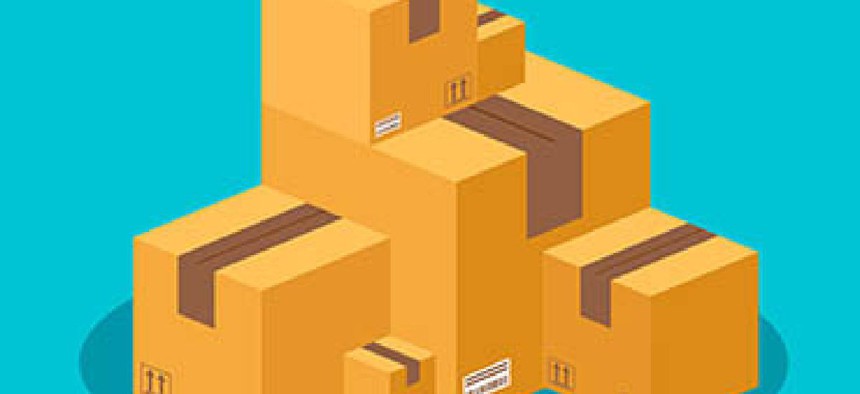USPS wants to go high-tech without losing jobs

An agency long crippled by skyrocketing labor costs is trying to use technology not to trim its workforce but to preserve jobs.

(Tarchyshnik Andrei / Shutterstock)
Think your mail carrier can evolve? The U.S. Postal Service does.
Kelley Sullivan, an IT program manager at the agency, fully expects that tomorrow's USPS will have new technology but not, she hopes, fewer employees.
"The work that they're doing will change," she said at an Aug. 25 Internet of Things panel discussion hosted by GovLoop.
The size and cost of USPS' workforce have long been a subject of debate. Labor costs were among the culprits fingered for killing USPS in a 2011 Atlantic article. In August 2014, the USPS inspector general issued a report showing that the agency's workers' compensation expenses were 50 percent greater than the industry average and that labor costs had risen 35 percent even as the agency slashed nearly 20 percent of its workforce.
Just this month, USPS reported a net loss of $586 million for the third quarter of fiscal 2015.
Although Internet-connected devices -- including drones, self-driving trucks and efficiency-generating sensors -- could potentially reduce the need for some USPS employees, Sullivan said her agency plans to keep as many of its current 600,000-odd employees as possible.
"There has been a lot of conversation around what's happening with our unionized workforce," she added, alluding to the fact that both private commentators and the Government Accountability Office have said collective bargaining is contributing to USPS' untenably high labor costs. "There is a reinvention" on the horizon, but she stressed that "our union is a partner."
Part of that reinvention lies in uncharted territory. USPS officials are working with the General Services Administration on Connect.gov, a digital credential service that would provide people with a single sign-on for federal websites. There will be a "necessary proofing component" to Connect.gov, Sullivan said, and USPS workers could fill those jobs. "Who better to provide that to you than the people who are coming to your home every day, who know you best?"
She declined to point to any specific training program that would turn mail carriers into digital credential proofers, but she said USPS' physical locations could prove helpful in getting less Internet-savvy citizens online.
Sullivan also noted possible extensions of services, such as having USPS workers deliver groceries along with the mail.
Ultimately, it's all about finding "new ways to leverage that existing employee base," she said. "If they can provide an additional service that the customer's interested in and allows us to keep that position, that's definitely something we're interested in pursuing."
"We all love change as long as we can keep doing things the same way we always have been," quipped GovLoop's Chris Dorobek, who moderated the discussion.
"The world's going to change," said Sokwoo Rhee, associate director of cyber-physical systems at the National Institute of Standards and Technology who also participated in the panel discussion. But he, like Sullivan, was optimistic about the potential for technology to transform, not eliminate, federal jobs.
For instance, if drones replace delivery trucks, "somebody's going to have to fly the drone," Rhee said.
NEXT STORY: More screens, more millennials?





